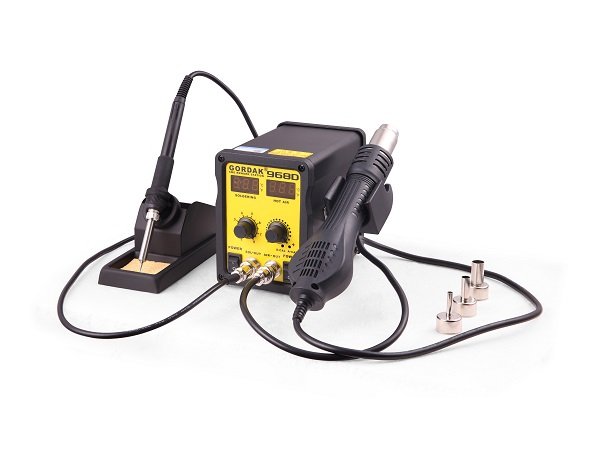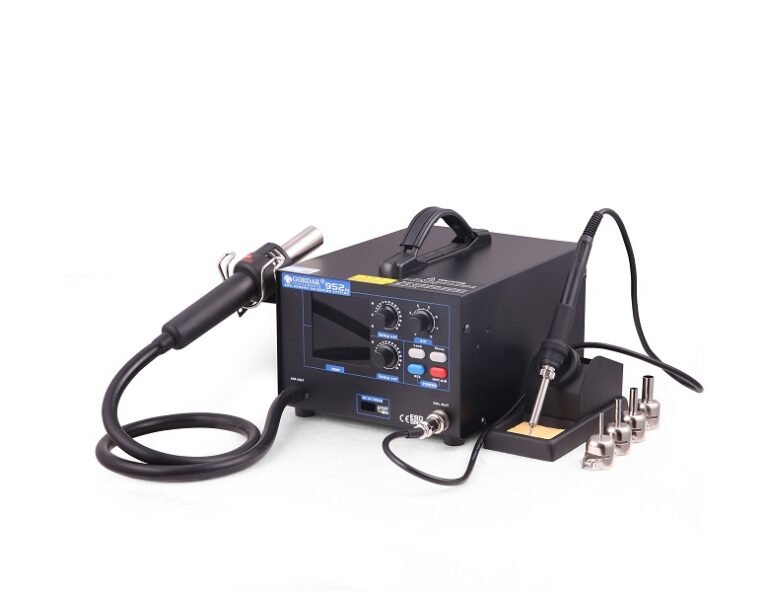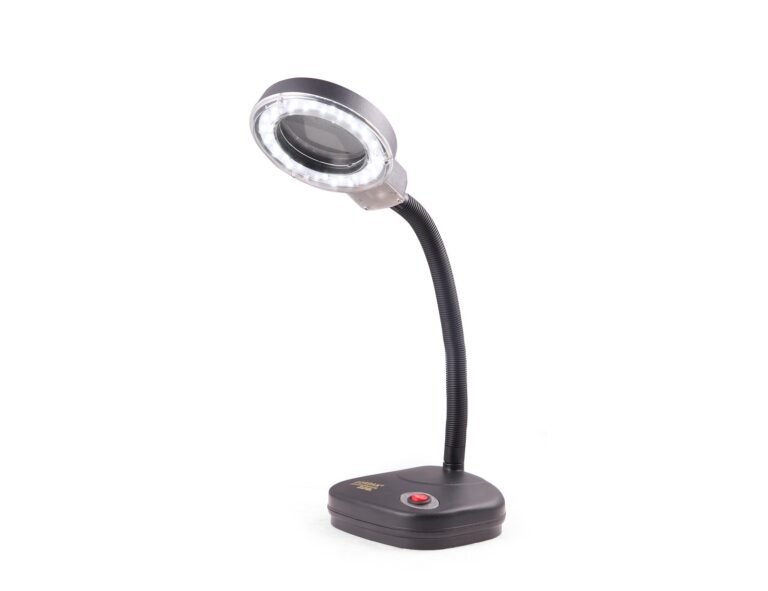Soldering is a widely used technique in various industries,allowing two or more metal components to be joined together. There are several different types of soldering methods, each with its unique applications and advantages.
1. Torch Soldering
Torch soldering, also known as brazing, involves the use of a gas torch to generate high heat. This method is commonly used for joining heavy-duty metals, such as copper pipes or steel pipes. Torch soldering requires a flux to clean the surfaces of the metals being joined and a filler material or solder with a higher melting point than traditional solder. The high temperatures achieved through torch soldering make it ideal for achieving strong and durable joints.
2. Iron Soldering
Iron soldering, or soldering iron, is the most common and versatile soldering method. It uses a soldering iron with a heated tip to melt solder and join metal pieces together. This method is widely used in electronic repairs, circuit board assembly, jewelry making, and other small-scale projects. Iron soldering allows for precise control of heat and is suitable for delicate work or when heat needs to be localized to a specific area.
3. Induction Soldering
Induction soldering utilizes electromagnetic induction to create heat. It involves a high-frequency alternating current passing through a coil, generating a magnetic field. The metal components to be soldered are placed within the electromagnetic field, and the heat is generated directly within the pieces, melting the solder and creating a secure bond. Induction soldering is commonly used in industrial settings for mass production or when precision and consistency are required.
4. Oven Soldering
Oven soldering, or reflow soldering, is often used in large-scale production processes, particularly in the electronics industry. This method involves placing the components to be soldered onto a board or substrate, applying solder paste, and then subjecting the entire assembly to controlled heat in an oven. The solder paste melts and creates secure joints between the components and the board. Oven soldering allows for the simultaneous soldering of multiple components, saving time and increasing efficiency.
5. Ultrasonic Soldering
Ultrasonic soldering uses ultrasonic sound waves to create friction and heat, allowing the solder to melt and bond the metal components together. This method is particularly useful for joining delicate or fragile materials, such as glass, ceramics, or certain types of plastics. The ultrasonic energy can be focused precisely, enabling soldering in small or intricate areas without damaging the surrounding materials.
In conclusion, soldering is a versatile technique with various methods suited for different applications. Whether it is torch soldering for heavy-duty tasks, iron soldering for delicate work, induction soldering for industrial production, oven soldering for large-scale manufacturing, or ultrasonic soldering for delicate materials, choosing the right soldering method ensures reliable and strong joints in any project.



